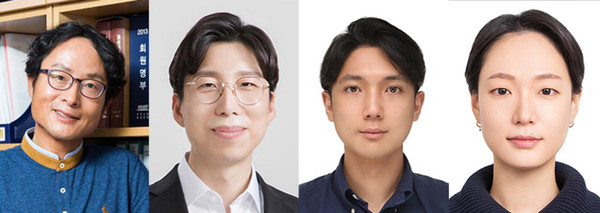The Korea Advanced Institute of Science and Technology (KAIST) has developed a polychromatic quantum dot array (PQDA), which can detect microRNAs related to various cancers.

MicroRNA is a short RNA comprised of 18 to 25 sequence listing, which restricts diverse cell activities such as cell growth and differentiation by controlling gene expression. The abnormal expression of microRNA is related to many diseases, including cancer, drawing attention as the next biomarker for diverse illness diagnoses.
Reverse transcription polymerase qRT-PCR is the existing method to detect microRNA. However, this technology is less accurate due to the reverse transcription reaction and has limitations in multiple analyses. In comparison, microarray technology, specializing in multiple nucleic acid analysis, also involves a reverse transcription stage, therefore lacking in sensitivity and specification.
To overcome the limitations of existing technologies, the KAIST team, led by Professors Park Hyun-gyu and Jung Yeon-sik, developed an ultra-high resolution PQDA using transfer printing technology and successfully detected multiple target microRNAs through high sensitivity and specification.
PQDA is a high polymer pattern of targeted microRNA fixed with a DNA probe and quantum dot complex. It is structured to release quantum dots on the targeted microRNA through Duplex Specific Nuclease (DSN) enzyme. The research team successfully detected a femtomole level of breast cancer-related three microRNAs through a neon sign ensemble of quantum dot release. Also, they proved the clinical trial usability by detecting microRNA from a serum and breast cancer cell.
“MicroRNA can be used as the key biomarker for liquid biopsy as it exists in the blood, saliva, and urine. As a result, this technology will likely be used widely as a liquid biopsy for the early diagnosis of cancer, the decision on treatment plans, and monitoring for treatment effects,” a team member said.
This research was published on the online version of ACS Nano, an international academic journal issued by the American Chemical Society, in June 2022.
Two KAIST doctors, Nam Tae-won and Park Yeon-kyung, also participated in the study.

